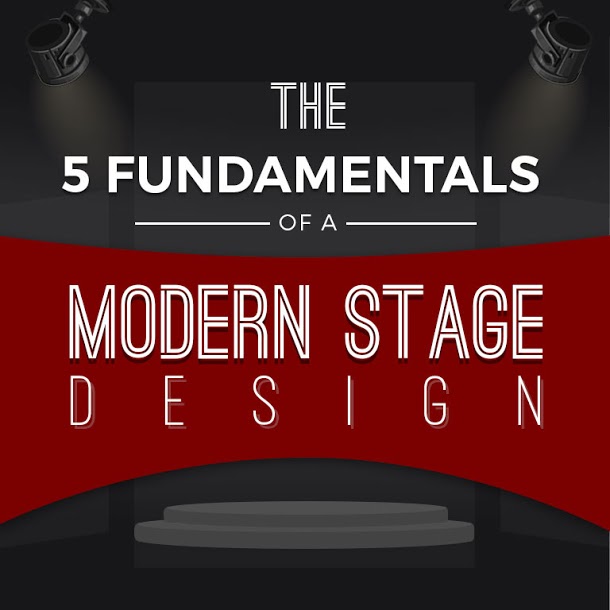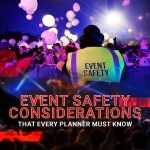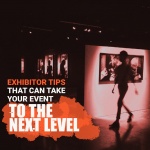
Stage setup is crucial to a successful concert. Any performer will not be able to pull off a crowd-engaging music event without a dedicated attention to detail in the setup – and with countless options for stage design, it has become easy to go far beyond a simple space that will accommodate an artist for the audience to see.
Through the years, with the aid of the ever-advancing technology, music lovers have seen a lot of great stage designs that are so memorable; they left quite an impression in the concert history. But, what really makes for a great stage design? In this infographic, we break down a complete guide to setting up a concert stage.

Did You Know?
The 360° world tour of Irish rock band U2 is considered the highest grossing tour in history to date. The two-year show that has been witnessed by over 7 million fans in 4 continents is remembered for its lavish stage setup considered to be the grandest stage ever assembled for a rock ‘n’ roll tour.
1. Venue
First off, the level of your stage setup requirement will greatly depend on your venue. An outdoor location is supposed to have a more detailed technical arrangement to ensure that the unwanted elements such as background noise will not interfere with the concert.
2. Stage Plot
Secondly, you will need to have a detailed stage plot. This diagram is as simple as a graphic representation that will illustrate your setup. It includes crucial information such as the placement of:
- Performers
- Instruments
- Monitors
- Power
- PA System – Mixing Consoles, Microphones, Amplifiers, Speakers, Subwoofer
It is also necessary to include details such as:
- Date – this informs the people involved that what they are looking at is current and up to date.
- Contact Information – this should list the details of the contact persons for the concert.
- Names of Performers – this may be optional, but it pays to know who you’re working with.
3. Sound Equipment
There will also be an accompanying chart that will further detail precisely where the large instruments such as harpsichord, percussion will be placed. In addition to that, the models of the equipment will need to be specified.
4. Lighting
Aside from the sound plot, lighting is also a critical aspect for setting up the mood of a live music performance. When done right, it visually and emotionally enhances a stage. This element is supposed to be tailored according to the genre of a live music performance. For a single performer, a single spot can be all that it takes for a resounding performance. But, for a band, you may be looking after bold color filters and special effects such as lasers and fog machines for added depth
Lighting Positions
Planning your lighting also depends on your space. But, understanding the five basic lighting positions will come in useful when lighting a stage:
Front: this is the primary source of illumination. Place it in an overhead angle at 45 degrees to ensure that facial expressions are covered while shadows are eliminated.
Side: this is particularly effective for dance performances as it highlights the movements of the body – arms, legs and torso.
High Side: this highlights the upper part of the body including the head, neck, and shoulders. It is ideally placed at 30 to 60-degree angle.
Back Lighting: this lighting is what creates a 3D effect on stage as it separates the performer and props from the background.
Down: this is the finishing touch for a stage lighting setup. It provides an even wash of light on stage, blending the lights together to brighten up the whole space.
NOTE: While the beams need to overlap, the center of it all should still be focused on the performer at shoulder height.
Stage Trussing
This lighting setup can only be successfully achieved with the use of a stage trussing. A lighting or stage truss allows you to manipulate where your light will come from by providing a support whether your equipment is hung or supported from the ground.
There are common types of stage truss:
- Triangle Truss
- Box Truss
- Circular Truss
- Ladder Truss
- Diamond Truss
5. Video
To complete your stage setup, you will need to consider the wealth of benefits a video can offer. For a modern stage design, set up high definition video screens or LED walls on the stage. Through this imagery, the audiences are drawn closer to the performers. However, you have to take note that your video must coordinate with the lighting to make the most of their potential.
Once you’ve memorized these elements by heart, you’re now ready to set up an outstanding concert stage that will be remembered for years!
Did you find this article informative? Let us know by commenting below.





